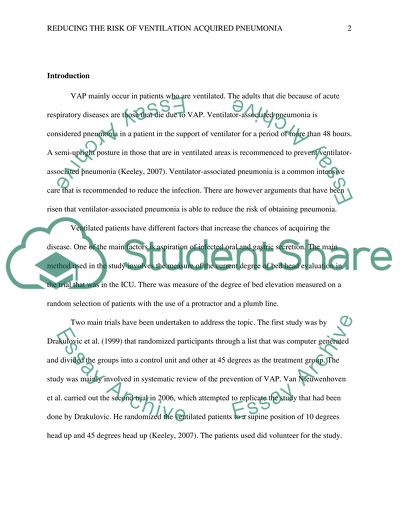Cite this document
(“Reducing the Risk of Ventilator-acquired Pneumonia Research Paper”, n.d.)
Reducing the Risk of Ventilator-acquired Pneumonia Research Paper. Retrieved from https://studentshare.org/nursing/1700443-reducing-the-risk-of-ventilator-acquired-pneumonia
Reducing the Risk of Ventilator-acquired Pneumonia Research Paper. Retrieved from https://studentshare.org/nursing/1700443-reducing-the-risk-of-ventilator-acquired-pneumonia
(Reducing the Risk of Ventilator-Acquired Pneumonia Research Paper)
Reducing the Risk of Ventilator-Acquired Pneumonia Research Paper. https://studentshare.org/nursing/1700443-reducing-the-risk-of-ventilator-acquired-pneumonia.
Reducing the Risk of Ventilator-Acquired Pneumonia Research Paper. https://studentshare.org/nursing/1700443-reducing-the-risk-of-ventilator-acquired-pneumonia.
“Reducing the Risk of Ventilator-Acquired Pneumonia Research Paper”, n.d. https://studentshare.org/nursing/1700443-reducing-the-risk-of-ventilator-acquired-pneumonia.


